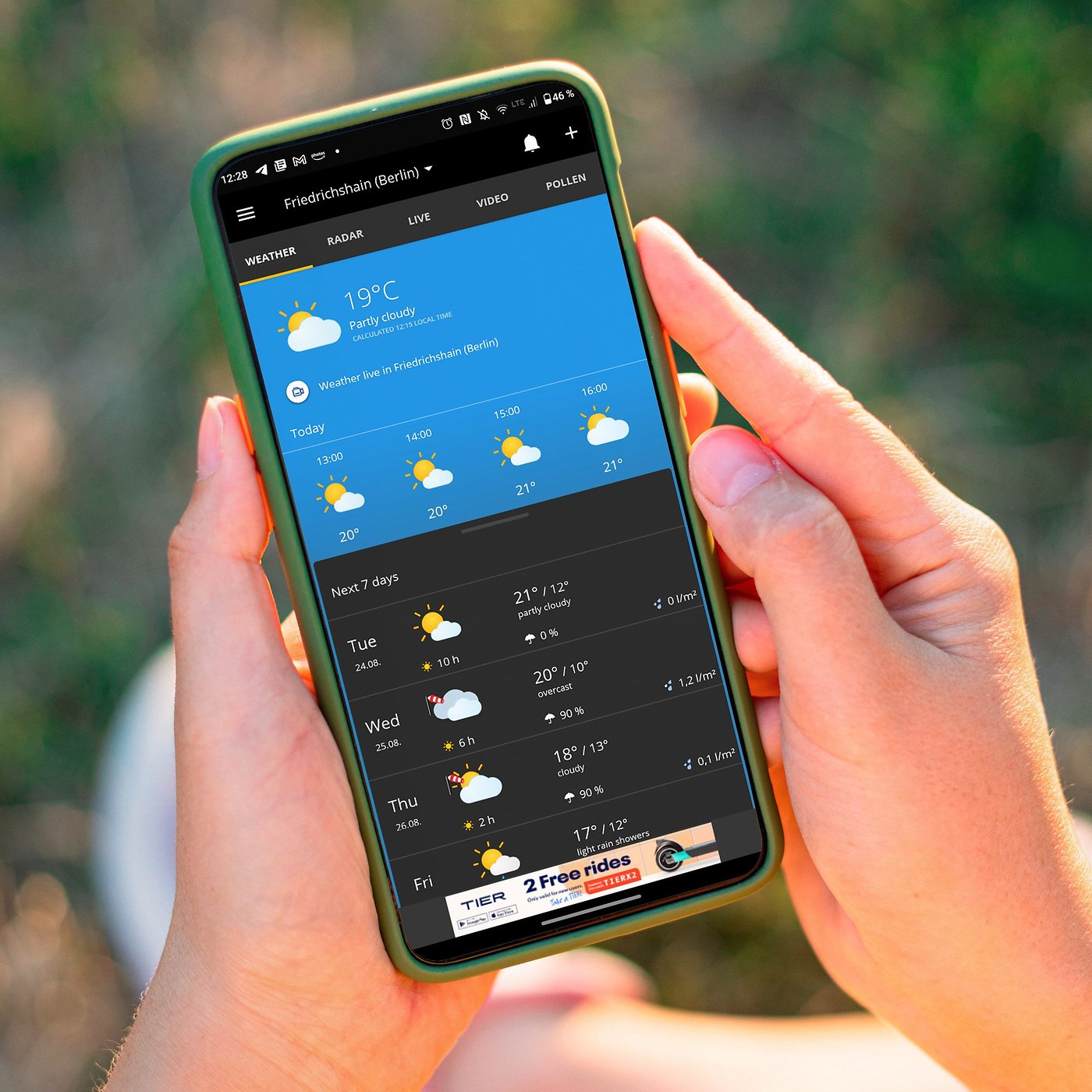In the world of mobile app development, Flutter has emerged as a game-changer. With its ability to create high-performance apps for iOS and Android from a single codebase, it’s no wonder that developers are turning to Flutter for their app development needs. In this article, we’ll explore how to build a Flutter app for any WordPress website.
What is Flutter?
Flutter is an open-source UI software development kit created by Google. It allows developers to build natively compiled applications for mobile, web, and desktop from a single codebase. Flutter is known for its fast development, expressive and flexible UI, and native performance.
Why Use WordPress?
WordPress is a popular content management system used by millions of websites worldwide. It’s known for its ease of use, flexibility, and extensive plugin ecosystem. By integrating WordPress with Flutter, you can leverage the power of WordPress for content management and Flutter for app development.
How to Build a Flutter App for a WordPress Website
Building a Flutter app for a WordPress website involves several steps. Here’s a step-by-step guide:
Step 1: Setting Up Your Development Environment
Before you start building your Flutter app, you need to set up your development environment. This involves installing Flutter and Dart on your system and setting up an IDE like Visual Studio Code or Android Studio.
Step 2: Creating a New Flutter Project
Once your development environment is set up, you can create a new Flutter project. This involves running a few commands in your terminal and setting up the basic structure of your app.
Step 3: Integrating WordPress
The next step is to integrate WordPress with your Flutter app. This involves setting up a WordPress REST API and connecting it to your Flutter app.
Step 4: Building the UI
After integrating WordPress, you can start building the UI of your app. Flutter provides a wide range of widgets that you can use to create a dynamic and interactive UI.
Step 5: Testing and Deployment
Once your app is built, it’s important to test it thoroughly before deployment. Flutter provides several tools for testing your app. After testing, you can deploy your app to the App Store and Google Play Store.
Building a Flutter app for any WordPress website can seem daunting at first, but with the right tools and guidance, it’s a task that any developer can undertake. By following this guide, you’ll be well on your way to creating a powerful, efficient, and beautiful Flutter app for your WordPress website.


